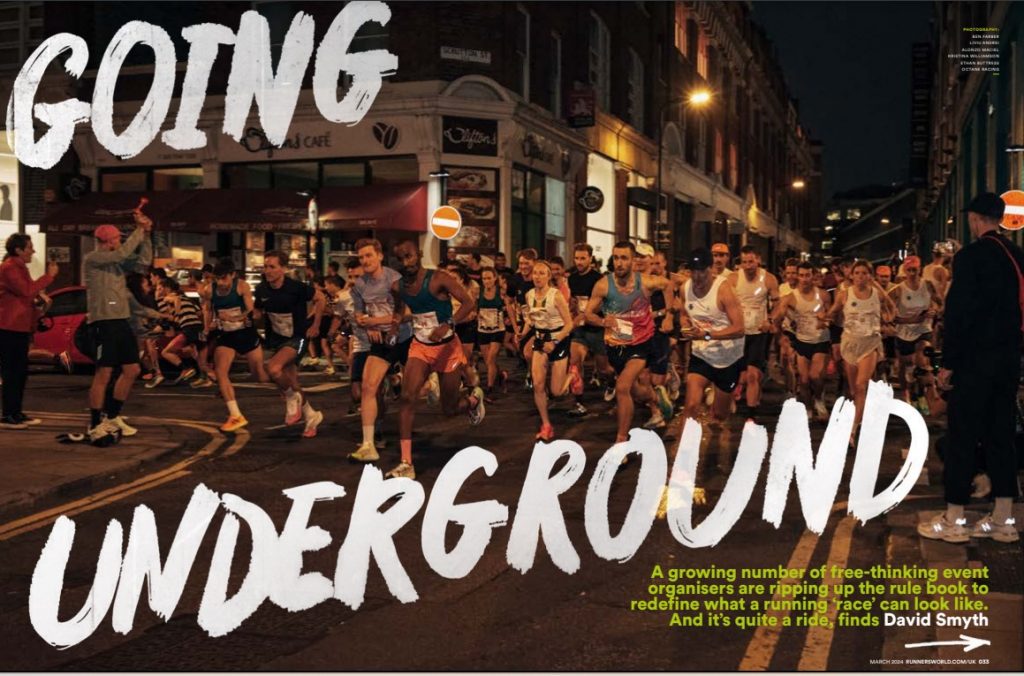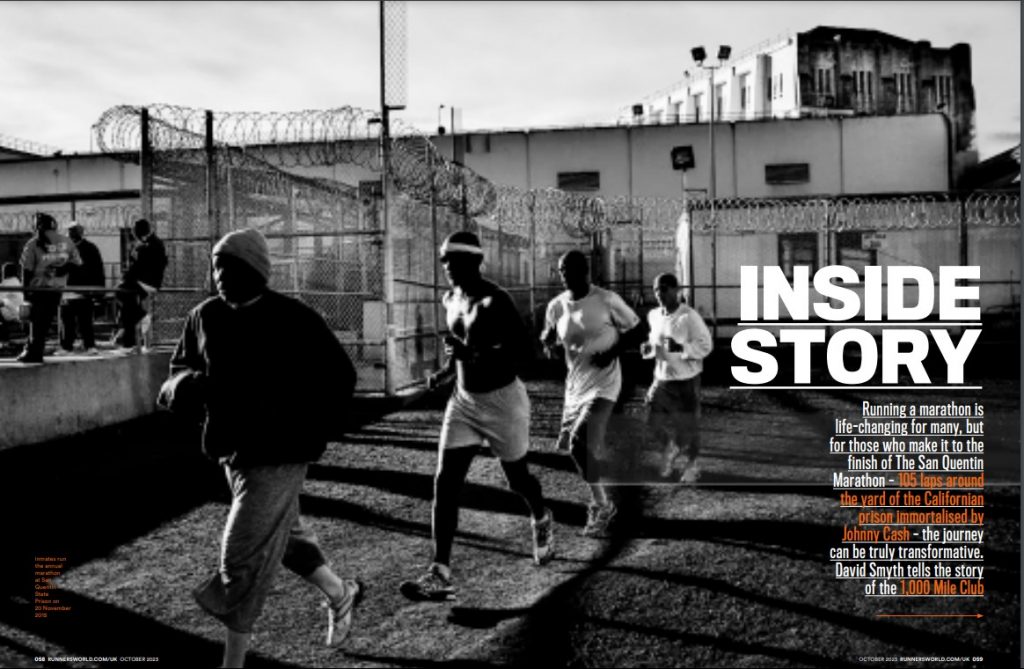While we can’t watch any live music in person at the moment, at least we can hear about it. Friday nights on BBC Four have long been the place for pop nostalgia, with music documentaries airing after vintage episodes of Top of the Pops. And nostalgia’s what we all need right now, sitting at home dreaming of packed dancefloors and all those times when being out in London felt like being at the centre of the whole world.
Tonight we’re heading west to Twickenham’s Eel Pie Island, the colourfully named ait in the Thames that for a brief spell in the early Sixties was rock and roll’s hottest hotspot.
Charles Dickens got there first, sending Morleena Kenwiggs to the island for a picnic in Nicholas Nickleby in the 1830s. She danced “in the open air to the music of a locomotive band, conveyed thither for the purpose.” More recently it has been a base for indie band Mystery Jets, who gained early buzz and a noise abatement order for their mid-2000s gigs in a boatyard, as well as Trevor Baylis, the late inventor of the wind-up radio, and actor Nigel Planer, who narrates the new documentary.
The focus is on the period 1956-1971, when the ballroom of the shabby Eel Pie Island Hotel became a home, first for trad jazz, then for local rhythm and blues bands including The Rolling Stones and The Yardbirds, and finally a space for harder, weirder rock from Deep Purple and Hawkwind. Rod Stewart recalls seeing the Stones, who played there most Wednesdays between April and September 1963, as a member of an audience of 12 people.
There seemed to be something about crossing that small body of water – by chain ferry at first, then by footbridge – that caused people to leave inhibitions on the mainland. “There were bushes everywhere and people used to go off in the bushes with their girlfriends,” says Dave Brock of Hawkwind. “It was the freedom, really.” He and Eric Clapton would swim across, with their clothes balanced on their heads, to avoid paying the two pence it cost to use the bridge.
George Melly put it even more colourfully: “The island had a reputation for sex. When you approached it you could see sex rising from it like steam from a kettle. It suited us randy young musicians.” Everybody there must have felt like rulebreakers. The promoter, Arthur Chisnall, got round licensing laws by issuing visitors with a passport to “Eelpiland”. It read: “We request and require, in the name of His Excellency Prince Pan, all those whom it may concern to give the bearer of this passport any assistance he/she may require in his/her lawful business of jiving and generally cutting a rug.”
Chisnall, who had been booking New Orleans-inspired jazz musicians such as Ken Colyer and Acker Bilk, didn’t especially care for the new thing coming through – pasty local lads who worshipped the raw blues sounds of America’s Deep South – but correctly judged that it was what the kids wanted. Wednesday nights became rhythm and blues evenings from late 1962, which he billed as the “Rock and Twist Club”.
From then on, the roll call is dizzying. You couldn’t cross the footbridge without tripping over a legend who didn’t know he was a legend yet. Towering blues singer Long John Baldry was a key figure, featuring both Rod Stewart and Elton John in his backing band at different times. David Bowie, then Davie Jones, was there in 1964 with his blues band The Manish Boys. Clapton played as a member of John Mayall & The Bluesbreakers, Jeff Beck was there in The Tridents, and The Yardbirds, who featured Beck, Clapton and Jimmy Page among their number at different times, were visitors too. In 1967, around the time of their first singles, Pink Floyd appeared three times. “We didn’t realise at the time how privileged we were,” says one regular.
The Who didn’t get around to playing there til 1968, though Pete Townshend must have had fond memories. He went on to name both his publishing company and his recording studio Eel Pie. But it was the Stones who, with their long 1963 residency, really made Eel Pie Island a key part of their rise. They released their debut album in 1964 and 54 years later, in 2018, were back playing just down the road at Twickenham Stadium.
Chisnall faced a heavy repair bill and lost his licence in the autumn of 1967. The venue flourished one more time in 1970 as Colonel Barefoot’s Rock Garden, where attendees could drink “Colonel Barefoot Killer Punch” and watch Black Sabbath, Free and Deep Purple. Meanwhile dozens of hippies had set up a commune and set about trashing the hotel next door. The place burned down in 1971, which may or may not have been for insurance purposes. The location is today a townhouse development called Aquarius, but the Eel Pie Island Museum is now open in central Twickenham.
Watching the succession of musicians and fans reminiscing so warmly about the place, it’s clear that the chances of another scene this potent growing out of a single venue are slim indeed. London’s gig spaces go on changing – a smart new small venue, Lafayette in King’s Cross, opened just this month and promptly shut again due to the coronavirus. While live music has ground to a halt, the group that organises Independent Venue Week has created a list on its website of grassroots venues in the UK and US that need help to survive.
At the same time, Rough Trade Books has just published Roof Dog: A Short History of the Windmill by the Times rock critic Will Hodgkinson. It’s a short tome detailing the rise of art rock bands such as Fat White Family, Shame and Black Midi from beginnings in a scuzzy Brixton pub venue that might just have Eel Pie vibes. Bands and fans still need these places. Let’s hope they can be back in them again very soon.
Rock ‘n’ Roll Island: Where Legends Were Born is on BBC Four tonight at 9.30pm











